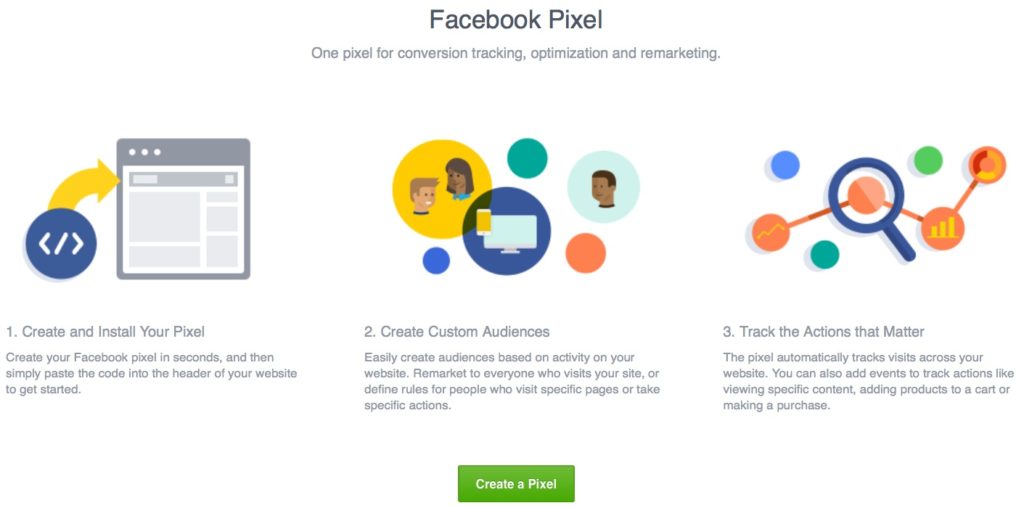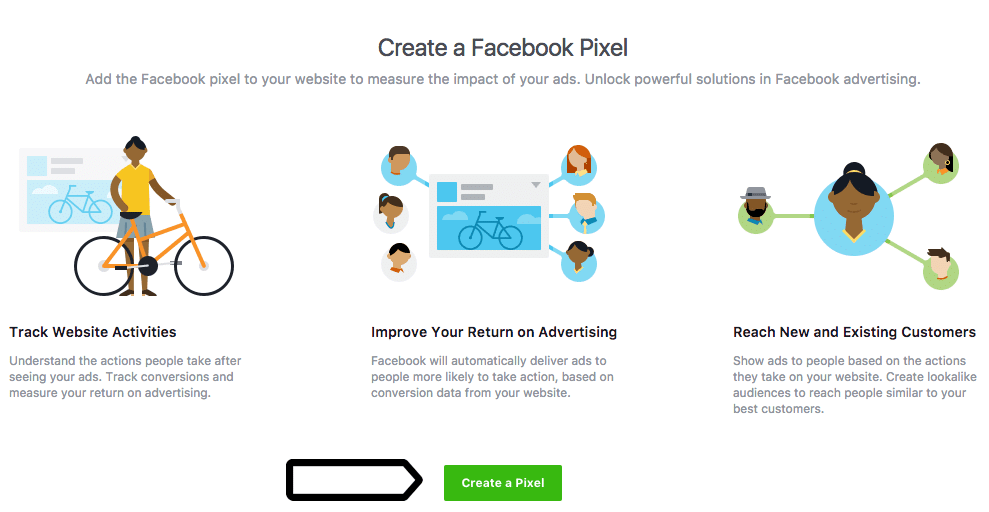If you are a new e-commerce business just starting out in the Facebook paid ads space then it is essential that you implement a Facebook pixel on your website to ensure that you are optimizing your business in the best way possible.

Before setting up any marketing campaigns on Facebook a marketer needs to make sure that the Facebook pixel is implemented properly and that it is tracking and optimizing all the right events.
When a potential customer visits your website there are multiple tasks that he might perform before making a purchase. Try to write down all the typical paths that the customer might follow in his journey from the moment he enters your website till he makes the final purchase. These paths or conversion funnels can be then matched with certain segments of facebook’s standard events.

Conversion funnels and facebook events:
One of the common paths for an e-commerce website might be that the user visits the website and sees a product they like. They would then click on the product to access information about the product details, cost, delivery terms etc.
The next step would be to click on the ‘Buy now’ or ‘Add to cart’ button. In case they decide to complete their purchase journey here itself they would proceed to checkout and put in their billing information. From here the user will be redirected to a thank you page where he will be shown a confirmation of order booking and details of purchase and delivery will be displayed.
If this path was to be translated and understood according to facebook pixel events the flow would be as follows:
View Content → Add to cart → Initiate checkout → Add payment info → Purchase
Implementation of Facebook pixel events

Implementation of Facebook pixel events
This event is used to see which product the visitor or customer viewed. This is one of the most important events for e-commerce as it gives information about which product is the customer interested in buying.
You will need:
- The content id – A unique number that describes your product
- The content name – This is the name of your product
- The content type – This is the type of product you are selling
- The price – The selling price of the product
- The currency – This is related to the country/region you sell in.
- Where to implement: View content should be implemented on all the product pages
The set of parameters that you are required to provide will also depend upon the kind of ads you choose(static or dynamic).
Facebook Pixel event: Add To Cart
- This pixel event helps in tracking the products that have been added to the cart by the customer.
- The parameters need to be defined in a fashion similar to the view content event.
- Where to implement: This event should be implemented on the “Add to Cart” button on all product pages.
Facebook Pixel event: Initiate Checkout
- The purpose of this pixel event is to track when a user plans to check out by clicking on the checkout button.
- For this one as well, the same parameters need to be passed through such as the ID and name of the product, the number of products in the cart, price, value and currency.
- Where to implement: The pixel event ‘Initiate checkout’ should be implemented on the “checkout” button.
Facebook Pixel event: Add Payment Info
- This event is to be used when a user has put in their billing information or it can also record an event when they click to be redirected to a third party payment processor.
- Where to implement: The implementation of this would depend on how you have set up your e-commerce website as this should be fired when the user has already submitted their billing info.
Facebook Pixel event: Purchase
- The final purchase event gets fired when the user has successfully completed the transaction on the website.
- Where to implement: Ideally this should be implemented on the “thank you” page that user views as an order confirmation.
Test your Facebook Pixel Events:
Once all the pixels have been duly set up ensure the following:
- They are getting fired on the correct page.
- The information you want to track is getting passed on correctly.
- All the actions that are meaningful for your business are getting tracked.
There are several free tools available to check if the Facebook pixel has been implemented properly and it is working fine.
Set up your marketing campaigns:
Once you have ensured all the events have been set up properly it is time to set up marketing campaigns.
- Create a custom audience to target audiences that can be beneficial for your business.
- Create a lookalike audience based on custom audiences.
- Set up dynamic retargeting ads to serve ads to past visitors of your product pages.

